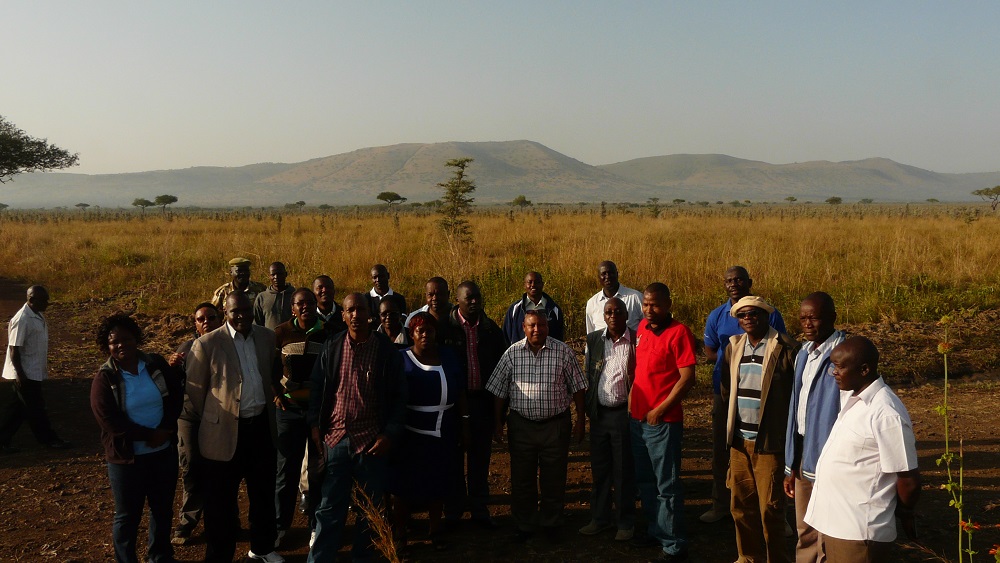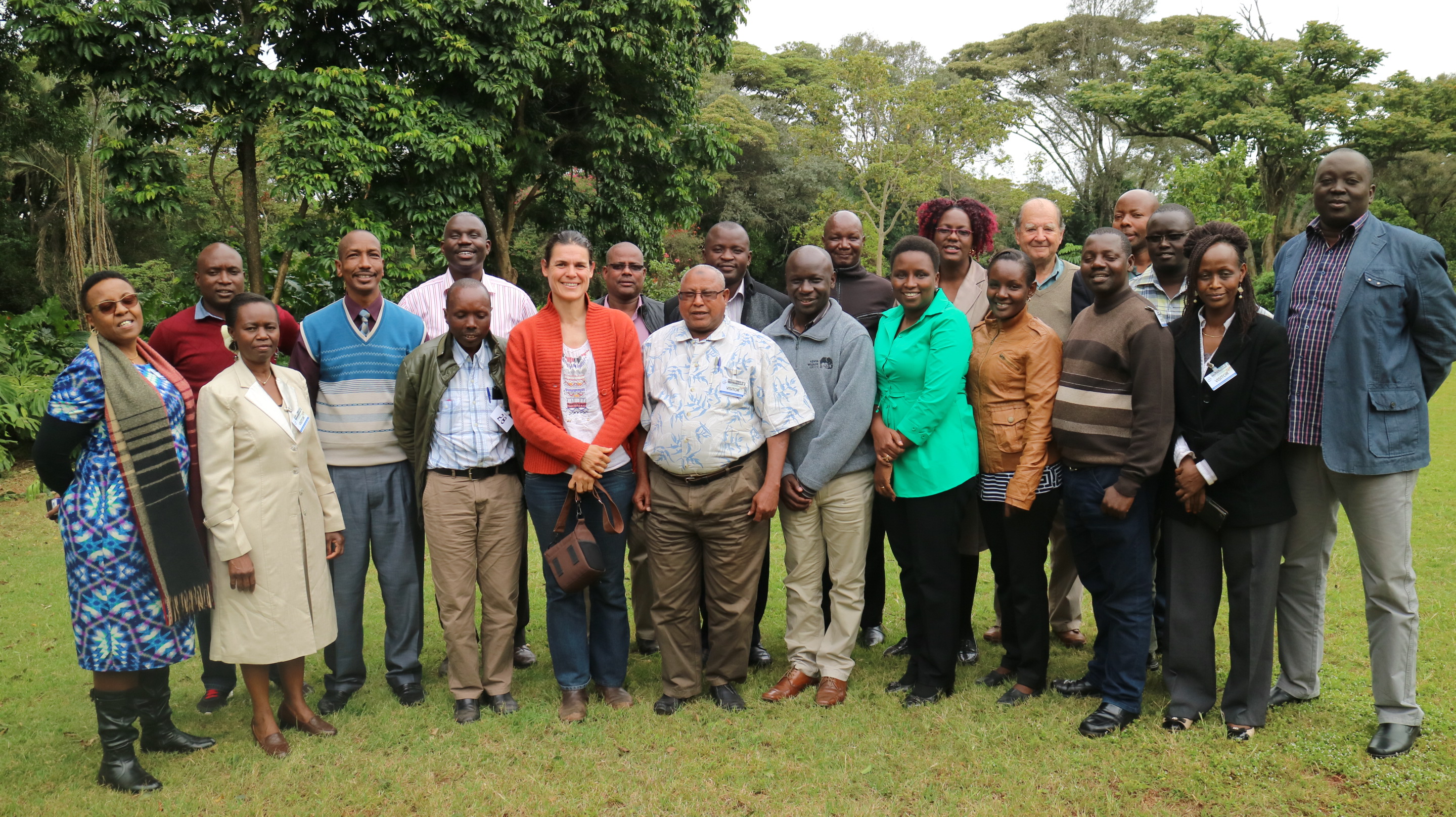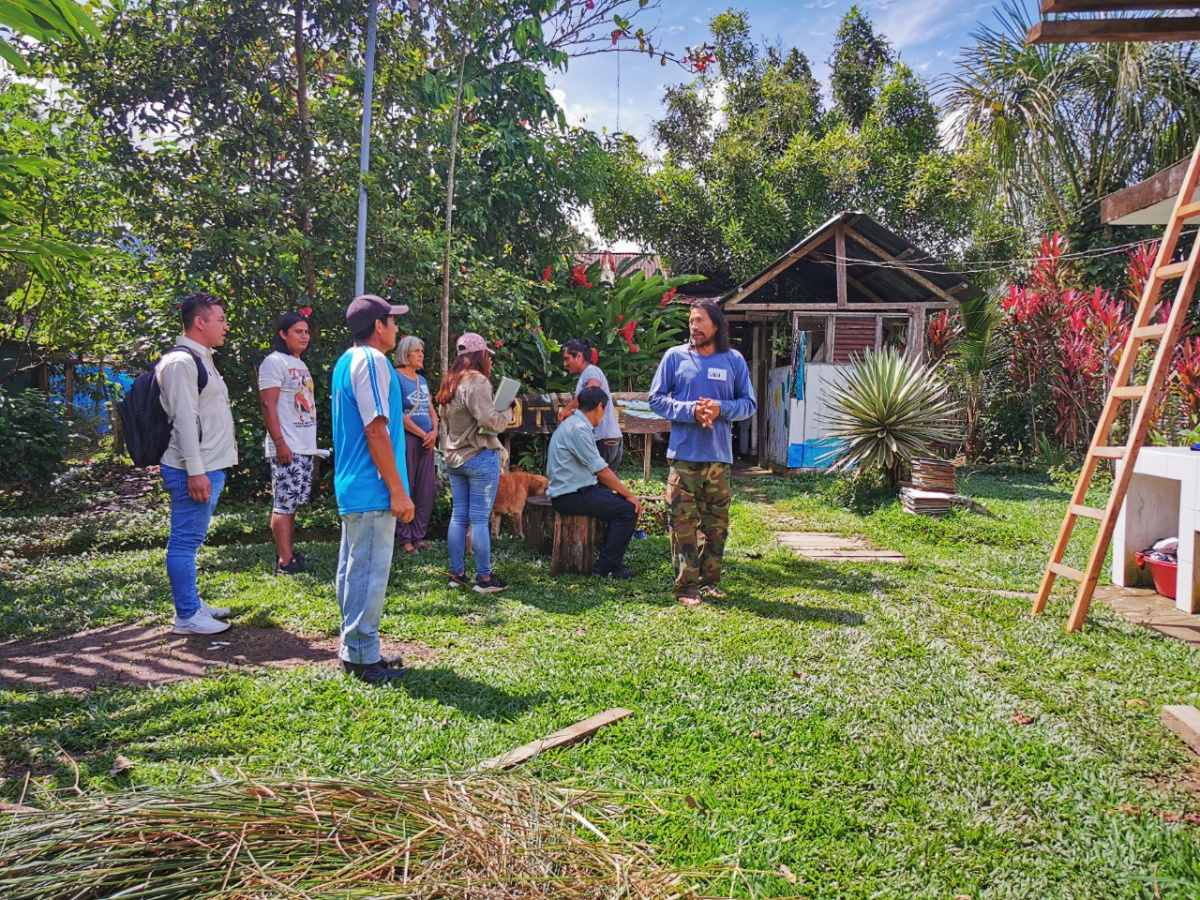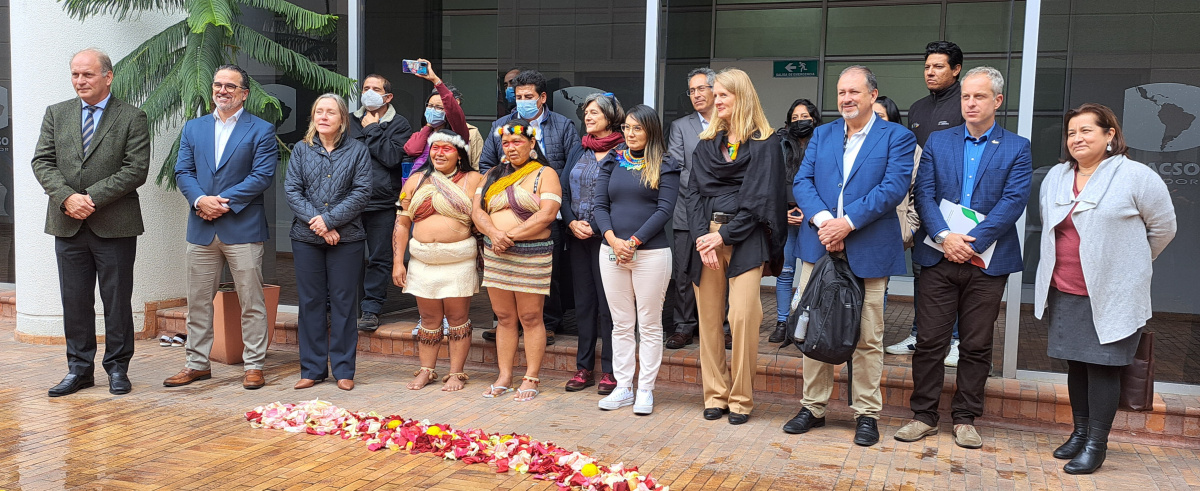IUCN Green List Standard used as a framework to support adaptive management in Kenya
Although the IUCN Green List Standard has been developed as the basis of a certification process for the recognition and increase of the number of equitably governed and effectively managed protected and conserved areas globally, there is also strong interest in using it as a framework to support learning and adaptive management for monitoring management effectiveness over time.
By Beatrice Chataigner, Programme Officer – IUCN Green List, IUCN Eastern and Southern Africa
The way the Kenyan Park agency (Kenya Wildlife Service, KWS) is using the IUCN Green List (GL) standard is a good illustration of this. KWS are exploring how to engage in the GL process on a long term basis not only by encouraging some protected areas (PAs) to apply to the IUCN Green List programme in the future, but also by adapting their own monitoring system for management effectiveness of PAs to the requirements of the IUCN Green List standard, so that it provides insightful information for sound decision making both at site- and agency- level. The setup of a systematic and documented monitoring process aligning with the requirements of the GL standard will assist KWS PAs in compiling evidence for GL applications in the near future.
KWS developed their new monitoring template based on GL standard guidance during a first workshop held in July 2018. A series of trainings for PA managers throughout the country on how to use the template has commenced following the workshop. This training process will also help PA managers to prioritize their management activities and therefore allocate financial resources in more targeted ways.
This KWS initiative demonstrates how the IUCN Green List standard can be used as a guidance to align KWS needs to international requirements in terms of best practices for monitoring management effectiveness in PAs at both site and agency levels.





